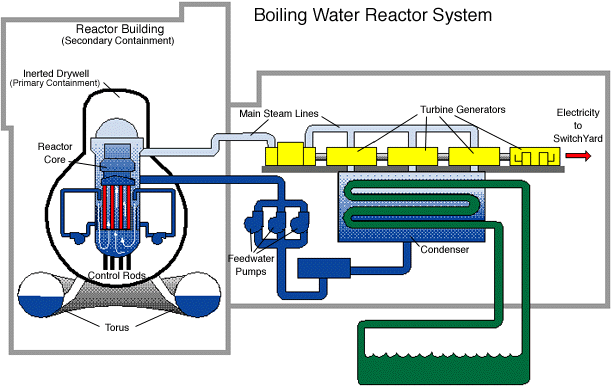The thing is that if there is no more current to supply the cooling pumps, what energy will create or maintain this hydraulic pressure which will raise the bars?

In any event, in this diagram, the explosion is indeed that of the primary circuit with water at 299°C (470°F) pressurized to 69 bars (1000 psi). In addition, this superheated liquid is in contact with the nuclear fuel and therefore contaminated as much as possible.
Finally, if there is hydrogen, that means that the temperature of the water must have exceeded 750°C, there was enough for it to follow the pipes and go and explode outside...
Finally, if the temperature reaches 1135°C, the fuel melts...
And there it is the Chinese syndrome in Japan




